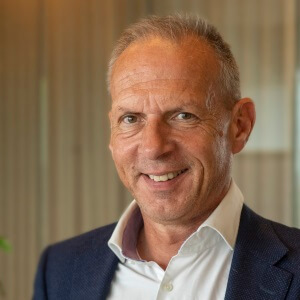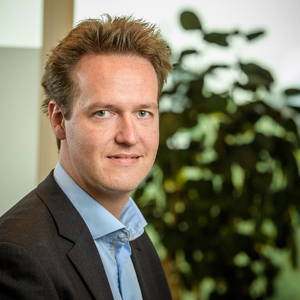As a business owner, you want to meet market demand and stay a step ahead of the competition. Patents can play an important role here. When you are choosing the right strategy and approach it is essential that these are in keeping with your situation. You can expect us to have skilled specialists in house with knowledge about your technology or business sector.
V.O. helps a wide variety of clients in different sectors with their specific challenges. We adopt a tailor-made approach for each company where our starting point is always: IP is an important resource for enabling your idea or company to be more profitable. It is an investment that pays returns.
- A well-considered approach to your IP strengthens the reputation of your company around the world. And that helps you to find serious partners.
- A strong IP portfolio can contribute to the value of your business. Furthermore, your rights or issuing licences allow innovations to be more profitable.
- Innovation often involves ups and downs: that means investing over and over again. A patent can protect your work against misuse by others.
- Patents can attract investors: they represent financial value and reassure interested parties that your ideas are protected.
Our approach
Our patent attorneys have expertise and experience in various sectors. This means that you can rely on a full-fledged conversation partner for your specialists. We take you step by step through the development of a successful patent application or IP strategy. We do this in a cost-effective, transparent and focused manner. We closely align our approach to your specific requirements and we provide an insight into timing and costs. You can also expect us to be proactive and to be up-to-date on IP related issues. You can see this for instance in seminars, our magazine “IP leads” and info sheets focused on specific topics, such as '10 golden rules for funding of IP'. Watch also the video below that explains the procedure for filing a patent application:
How exactly can we help you?
- Drawing up and submitting patent applications
- Opposition
- Administration and outsourcing
- Patent search
- Infringement advice and advice on validity
- Product release research
- Co-ordination and substantive counsel in disputes, litigation
- Legal advice for license agreements, contracts and terms
Legal support
Our attorneys at law who work together with our patent attorneys also provide various legal services in the intellectual property field. We can provide advice in the event of disputes and support on among other things employment agreements, license agreements, non-disclosure agreements (NDAs) and the sale of IP. The hallmarks of the V.O. legal practice are short lines of communication and tailor-made service.


